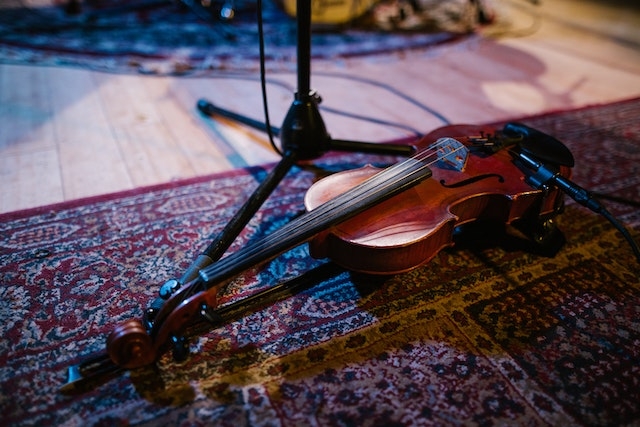
Overview of traditional Native American design elements such as geometric patterns, animal motifs, and tribal symbols
Handwoven Native American Floor Area Rug Designs
Rugs hold a significant place in Native American culture, serving not only as practical floor coverings but also as pieces of art that reflect the history and traditions of their people. The designs found in traditional Native American rugs are rich with symbolism and meaning, telling stories of their ancestors and honoring the natural world around them.
These handwoven floor area rug designs often feature geometric patterns, intricate motifs, and bold colors that are unique to each tribe. For example, Navajo rugs are known for their intricate diamond patterns and use of earth tones such as reds, browns, and blues. These designs have been passed down through generations, with each weaver adding their own personal touch while still staying true to the traditional styles.
The significance of these rug designs goes beyond mere decoration – they serve as a connection to the past and a way to preserve cultural heritage. In many Native American tribes, weaving is considered a sacred art form that requires skill, patience, and spiritual dedication. The act of creating a rug is seen as a form of prayer or meditation, with each stitch carrying its own special meaning.
In addition to their cultural significance, Native American rugs are also highly sought after for their beauty and craftsmanship. Many collectors value these handmade pieces for their intricate designs and high quality materials.
Overall, traditional Native American rug designs play an important role in preserving the history and traditions of indigenous peoples. Through these beautiful creations, we can learn about the rich culture and heritage of Native American tribes while also appreciating the artistry and skill involved in crafting these timeless works of art.